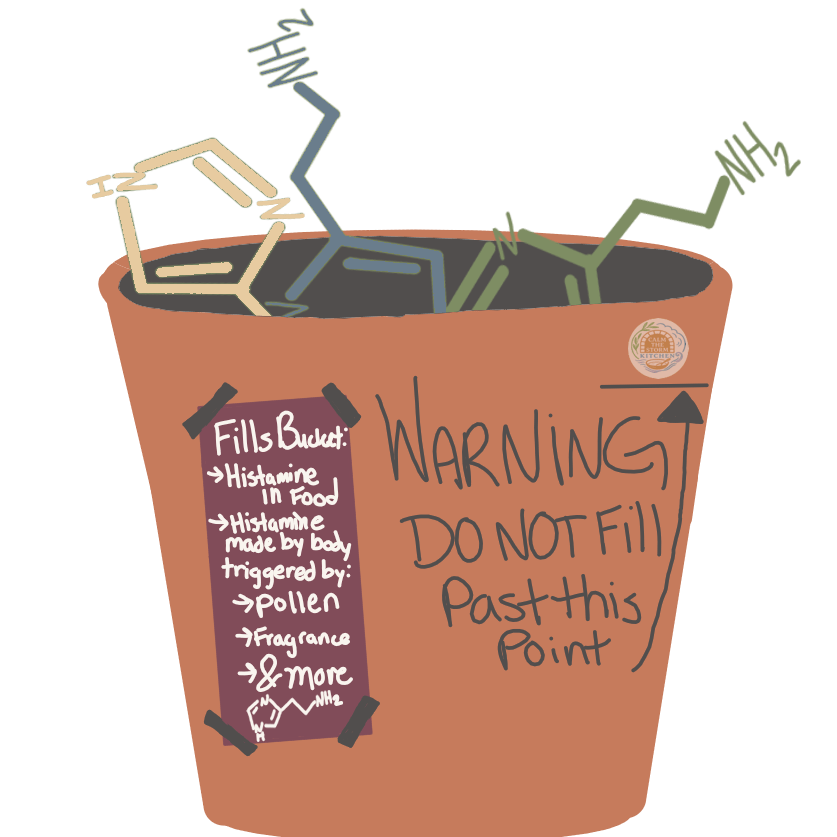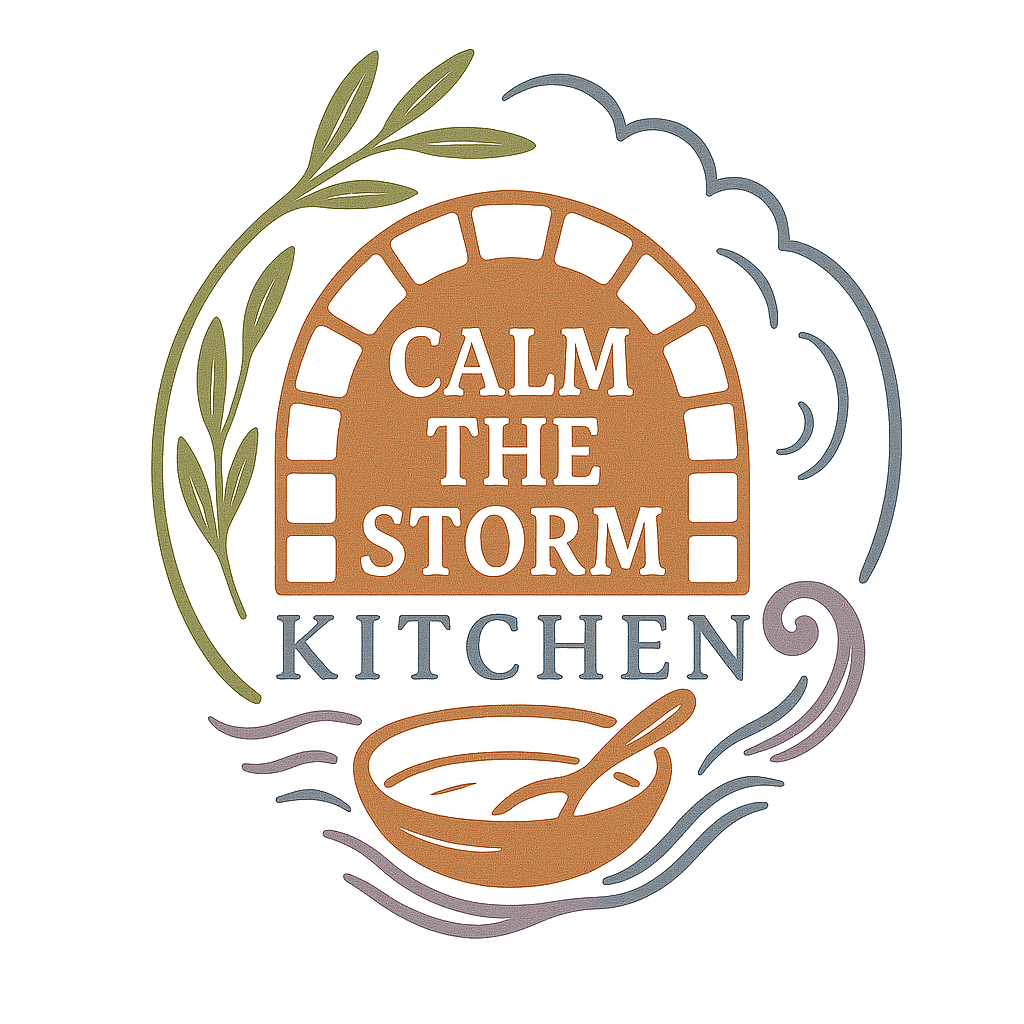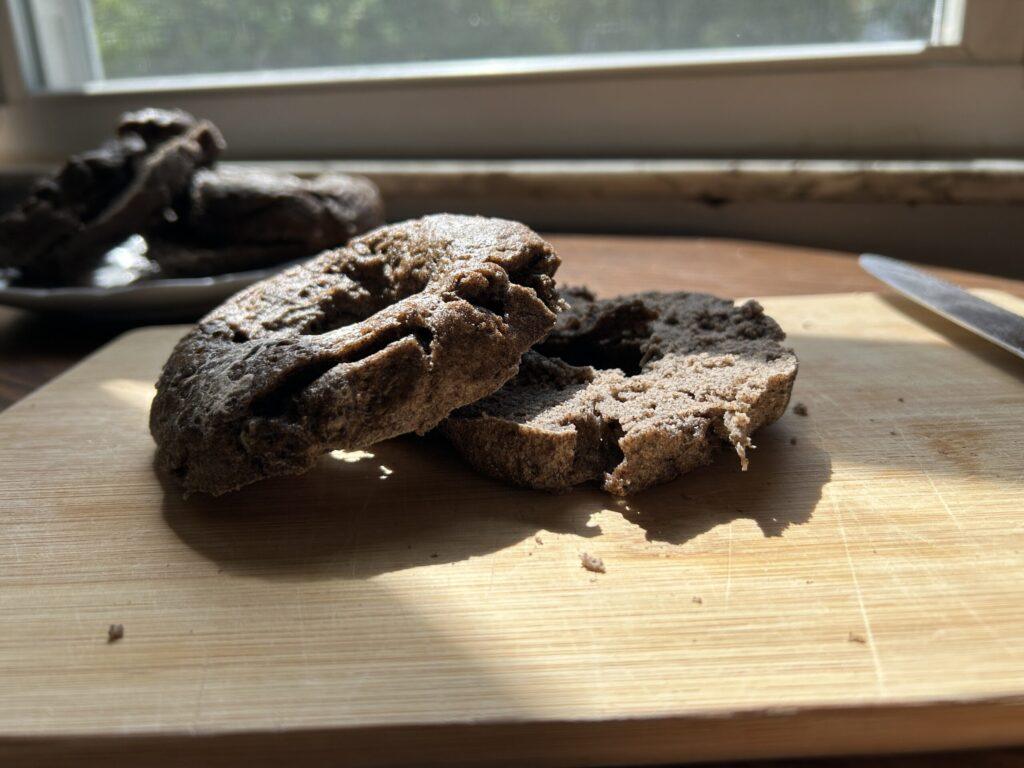This post contains affiliate links. This means I may earn a small commission—at no extra cost to you—if you choose to make a purchase through one of these links. I only recommend products I personally use, trust, or believe could be helpful for you. Thank you for supporting my work and helping keep this blog running!
So, you have fallen down the rabbit hole of these niche and unheard of food intolerances, and you are probably wondering- “Well, What can I actually eat?”
The answer is not so simple, but instead actually quite complicated. There is a lot of conflicting information available and you may have multiple food intolerances. Seriously praying for you, if you do.
Below are the guides I am taking into consideration when creating my recipes and meal plans. If you suspect you have one of these intolerances, it’s important to gather your own information from multiple sources—just keep in mind, they can often conflict. You might also be dealing with more than one intolerance at a time, which can make things even more confusing. That’s why it is recommended to keep things as simple as possible for a set period of time, and then slowly reintroduce foods to see what your body can tolerate.
The Bucket – Useful Analogy for Histamine Intolerance

Many people refer to the “bucket theory” when talking about these types of intolerances. I’ll dive deeper into it in another post, but the basic idea is that everyone has a personal threshold—like a bucket—that fills with histamine (or other irritants) from food and environmental sources. Once your bucket overflows, symptoms show up. This is what makes reactions so unpredictable: a small amount of a food might be fine one day, but the same amount could cause a flare if your “bucket” is already full. When you are “flaring up”, it is likely that your bucket is overflowing with every little bit of histamine your intake. Histamine is necessary for bodily function and in most foods, so it is impossible to completely avoid. You may be able to quickly empty your bucket via DAO supplementation (for example this one) or antihistamines. These are great for a “quick fix”, but the real “cure” is diet and lifestyle changes.
It is crucial to keep track of your food intake and symptoms and use an elimination diet to find a pattern. The goal is to “empty your bucket” by removing as many potential triggers as possible, then slowly add foods back in to identify what your body handles best. Nothing from these guides or my blog are going to be exactly what you should or shouldn’t eat- so remember that there will be trial and error, but there is hope and healing just around the corner.
Diamine oxidase or DAO is the enzyme that normally digests histamine that you intake through food and that your body produces naturally. Having too little DAO can lead to a build up of histamine and therefore a histamine intolerance. It may be helpful to supplement your DAO levels with a supplement like this one, especially if you are having reduced or no DAO production on your own.
These guides are meant to be a helpful starting point, not a one-size-fits-all rule-book. Everyone’s body responds differently—something listed as a safe food may not work for you, and vice versa. If you’re navigating more than one intolerance, things can feel especially muddy. I am aiming to focus on histamine intolerance- as that is what I need to cook for- but I also hope to include notes on other intolerances at least if not include those intolerances in the original recipe as often as I can. I understand the struggle to find recipes that work when it seems that everything will cause you problems. I hope to also include gluten and lactose intolerances, as they are commonly triggers for histamine and other irritants as well.
I pray that my recipes can help you heal and feel comfortable eating and enjoying your time in the kitchen!
I hope to share more useful recipes and more helpful blog posts on this soon to help you through the process with a little more clarity and encouragement.
Food Intolerance Diet Guides
| Condition | Links to Diet Information |
|---|---|
| Histamine Intolerance | https://www.histaminintoleranz.ch/downloads/SIGHI-Leaflet_HistamineEliminationDiet.pdf |
| Oxalate Sensitivity | https://www.webmd.com/diet/foods-high-in-oxalates MosaicDX – Oxalate Control Brochure |
| Salicylate Sensitivity | Agency for Clinical Innovation https://www.webmd.com/diet/high-salicylate-foods |
| Gastroesophageal reflux disease (GERD) | https://www.hopkinsmedicine.org/health/wellness-and-prevention/gerd-diet-foods-that-help-with-acid-reflux-heartburn (Included because it can be a symptom of histamine intolerance or its own issue, I will try to limit acidic ingredients in my recipes) |
Thank you so much for taking the time to be here. Whether you’re just beginning your journey with histamine intolerance or have been navigating it for a while, I’m truly honored to share this space with you. I hope these guidelines bring a little more clarity and calm to your plate and your day.
If you found this helpful or have any questions, I’d love to hear from you—feel free to share your thoughts below.
"I will instruct you and show you the way you should walk, give you counsel with my eye upon you.
-Psalm 32:8 (NABRE)
Looking for something to eat? – Check out my newest recipe: Coconut Muffins!
Wondering more about these intolerances? – Check out my Start Here post for more info!


Leave a Reply